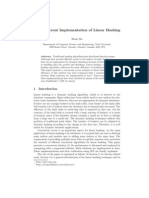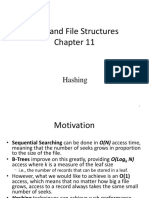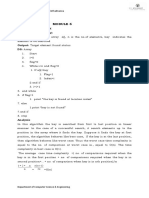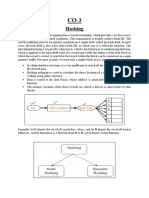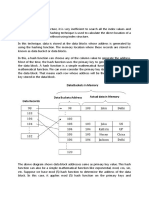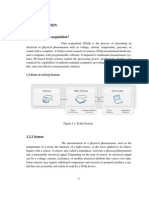0% found this document useful (0 votes)
121 views9 pagesConsistent Hashing With Bounded Load
Consistent hashing with bounded load is a technique that addresses the uneven load distribution problem of traditional consistent hashing. It assigns an average load capacity to each server based on the number of data nodes and server nodes. If a server reaches its capacity, new nodes are forwarded to the next server in the hash ring. This establishes load balancing. The algorithm uses concepts like linear probing from hashing to forward nodes. It provides a hard limit on nodes per server and eliminates dependence on the hash function, but introduces more computation overhead compared to regular consistent hashing.
Uploaded by
Mettl SupportCopyright
© © All Rights Reserved
We take content rights seriously. If you suspect this is your content, claim it here.
Available Formats
Download as PDF, TXT or read online on Scribd
0% found this document useful (0 votes)
121 views9 pagesConsistent Hashing With Bounded Load
Consistent hashing with bounded load is a technique that addresses the uneven load distribution problem of traditional consistent hashing. It assigns an average load capacity to each server based on the number of data nodes and server nodes. If a server reaches its capacity, new nodes are forwarded to the next server in the hash ring. This establishes load balancing. The algorithm uses concepts like linear probing from hashing to forward nodes. It provides a hard limit on nodes per server and eliminates dependence on the hash function, but introduces more computation overhead compared to regular consistent hashing.
Uploaded by
Mettl SupportCopyright
© © All Rights Reserved
We take content rights seriously. If you suspect this is your content, claim it here.
Available Formats
Download as PDF, TXT or read online on Scribd
/ 9















